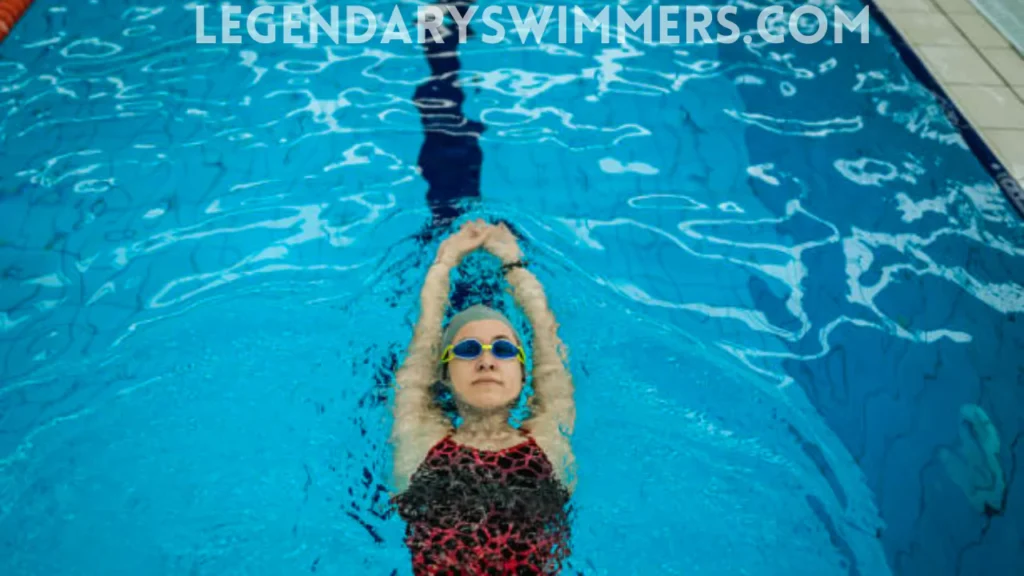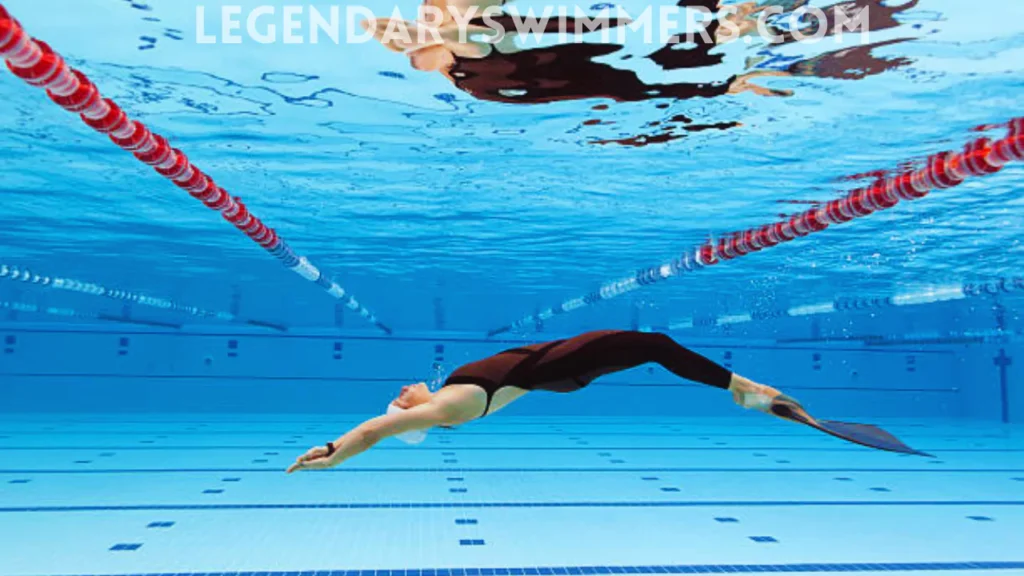
Can You Swim After a Hysterectomy? Here’s What to Know
- Updated:
A hysterectomy, the surgical removal of the uterus, is a significant procedure requiring careful post-surgery planning. Swimming, a popular low-impact exercise, offers numerous benefits for physical recovery and mental well-being. However, resuming swimming too early after a hysterectomy can compromise your healing process. This guide provides detailed insights and guidelines to help you safely transition back into swimming after your surgery.
Understanding Hysterectomy and Its Types
A hysterectomy involves removing the uterus to address various medical issues, including fibroids, endometriosis, or cancer. This procedure impacts the reproductive system and may also involve the removal of other tissues, such as the cervix or ovaries. The recovery process varies depending on the extent of the surgery.
Approximately 600,000 hysterectomies are performed annually in the U.S., making it one of the most common surgeries for women. (Source: CDC, Centers for Disease Control and Prevention)
Types of Hysterectomy
- Abdominal Hysterectomy: Performed through an incision in the abdomen, this method typically involves a longer recovery due to external and internal healing.
- Vaginal Hysterectomy: Performed through the vaginal canal, this method often results in quicker external recovery, though internal healing remains similar to other types.
The type of hysterectomy you undergo significantly influences your recovery timeline and readiness to resume activities like swimming.
Why Recovery After a Hysterectomy Is Crucial
Healing after a hysterectomy is both an internal and external process. Tissues, incisions, and sutures need sufficient time to repair.
Studies indicate that 80% of post-hysterectomy patients can return to light activities, like swimming, within 4–6 weeks with proper guidance. (Source: National Institutes of Health)
The body undergoes:
- Initial Healing (1–2 weeks): Involves clot formation and inflammation.
- Proliferative Phase (2–6 weeks): Tissue regeneration occurs, but the area remains fragile.
- Remodeling Phase (6 weeks–6 months): Full strength and functionality are gradually restored.
Risks of Premature Swimming
Swimming before proper healing can expose you to risks, such as:
- Infections: Pools and open water contain bacteria that may enter unhealed incisions.
- Wound Complications: Submerging unhealed areas can delay healing or cause reopening.
When Can You Swim After a Hysterectomy?
Returning to swimming after a hysterectomy requires careful consideration of your recovery progress. Post-surgical guidelines help ensure you avoid complications like infections or delayed healing.
General Timeline for Swimming
- Chlorinated Pools:
Swimming in chlorinated pools is typically deemed safe after 4 to 6 weeks. Chlorine acts as a disinfectant, reducing bacterial contamination. However, this timeline may vary based on the type of hysterectomy performed and the surgeon’s advice. - Open Water:
Open water environments, such as lakes or oceans, pose a higher risk due to potential bacterial contamination. Waiting at least 8 weeks or longer is advisable to reduce the risk of infection. Healing must be complete, especially for internal tissues, before submerging in natural water bodies.
Consulting Your Surgeon
Every person’s recovery timeline is unique. It’s crucial to seek clearance from your surgeon before returning to swimming. Your readiness will depend on factors such as:
- Absence of Discharge or Infection:
Ensure that there is no longer any wound discharge or signs of infection, as these could worsen when exposed to water. - Minimal Swelling or Discomfort:
The surgical area should no longer feel swollen or tender. Persistent pain could indicate incomplete healing. - Clearance from Follow-Up Examinations:
Regular follow-ups with your surgeon are essential to confirm that both external and internal tissues have sufficiently healed.
Your surgeon may also advise against swimming for a longer period if complications such as excessive scarring, delayed healing, or underlying health issues arise.
Preparing to Swim Post-Hysterectomy
Swimming requires strong core and pelvic floor muscles, which may weaken after surgery. A rehabilitation plan is vital for rebuilding these muscles. Begin with low-impact exercises that strengthen your core, legs, and pelvic floor:
- Bird-Dog Exercise:
Get on your hands and knees, extending one arm and the opposite leg simultaneously. This improves core stability and balance. - Flutter Kicks:
Lie on your back and perform small, controlled kicks with your legs. This movement strengthens leg muscles while gently engaging your core - Pelvic Tilts:
Lie on your back with your knees bent and gently tilt
Pool vs. Open Water Swimming After Surgery
When deciding where to swim post-hysterectomy, it’s important to weigh the risks and benefits of each environment.
Chlorinated Pools
Chlorinated pools provide a controlled environment that minimizes bacterial contamination, making them a safer option for post-surgical recovery. Consider the following precautions:
- Cleanliness: Ensure the pool is well-maintained, with proper chlorine levels and regular sanitation checks to prevent infections.
- Monitoring: Avoid swimming if the pool water looks cloudy or if you’re unsure of its maintenance history.
- Temperature: Opt for pools with moderate water temperatures to avoid unnecessary stress on healing tissues.
Related: Why Female Swimmers Get Chlorine Rash: Treatment, and Prevention
Open Water
Natural water bodies, such as lakes, rivers, and oceans, present unique challenges and risks:
- Higher Contamination Risks: Open water often contains untreated contaminants, including bacteria, algae, and debris, which could lead to infections or irritations in healing areas.
- Protective Measures: If swimming in open water is unavoidable, take precautions:
- Wear protective swimwear to minimize exposure to contaminants.
- Avoid swimming in murky or stagnant areas where bacteria and parasites are more likely to thrive.
- Choose spots with clean, flowing water, such as well-monitored beaches or freshwater streams.
- Timing: Wait longer before swimming in open water compared to pools, as natural environments are less predictable and carry higher risks.
According to reports, Open water swimming carries an 8% higher risk of bacterial infections compared to swimming in properly maintained pools.
Benefits of Swimming After Recovery
Once fully healed, swimming offers numerous health benefits, including:
- Low-Impact Exercise: Ideal for joint and muscle recovery without strain.
According to the American Journal of Sports Medicine, Low-impact exercises like swimming can improve recovery times by 20–30% when paired with pelvic floor rehabilitation.
- Cardiovascular Health: Improves heart function and overall endurance.
- Flexibility and Strength: Engages major muscle groups, enhancing flexibility and core strength.
- Therapeutic Effect: Provides mental relaxation and stress relief.
FAQs
Q: Can You Swim in a Pool After a Hysterectomy?
A: Yes, swimming in a pool is safe once your surgeon clears you, usually after 4–6 weeks.
Q: When Can I Swim in a Lake After a Hysterectomy?
A: You should wait at least 8 weeks before swimming in a lake due to higher contamination risks.
Q: Does Chlorine Slow Wound Healing?
A: No, chlorine doesn’t slow healing but reduces infection risk. However, avoid swimming until wounds are fully closed.
Q: Are There Benefits of Swimming After Surgery?
A: Yes, swimming improves recovery by boosting cardiovascular health, building strength, and aiding mental well-being.
Conclusion
Swimming can be a fantastic post-recovery activity after a hysterectomy, offering physical and mental benefits. However, it’s essential to follow a structured recovery plan, allowing adequate time for healing and gradually reintroducing swimming.
Explore expert swimming tips, techniques, and recovery-friendly exercises on Legendary Swimmers. Let us help you make swimming a cornerstone of your health and wellness journey!
References

Natasha Nicole Leyva
Hi, I’m Natasha—swimmer, coach, and aquatic fitness enthusiast. My journey began in New Zealand after a professor recommended swimming to help with a knee injury. The low-impact nature of swimming worked wonders, and it quickly became my favorite form of exercise. This passion grew into a thriving swim academy, and soon, requests for aquatic fitness classes started pouring in. After becoming certified, I realized how powerful water workouts could be for recovery and fitness. Now, I share my expertise here to help others experience the benefits of aquatic movement—whether for recovery, fitness, or fun!







